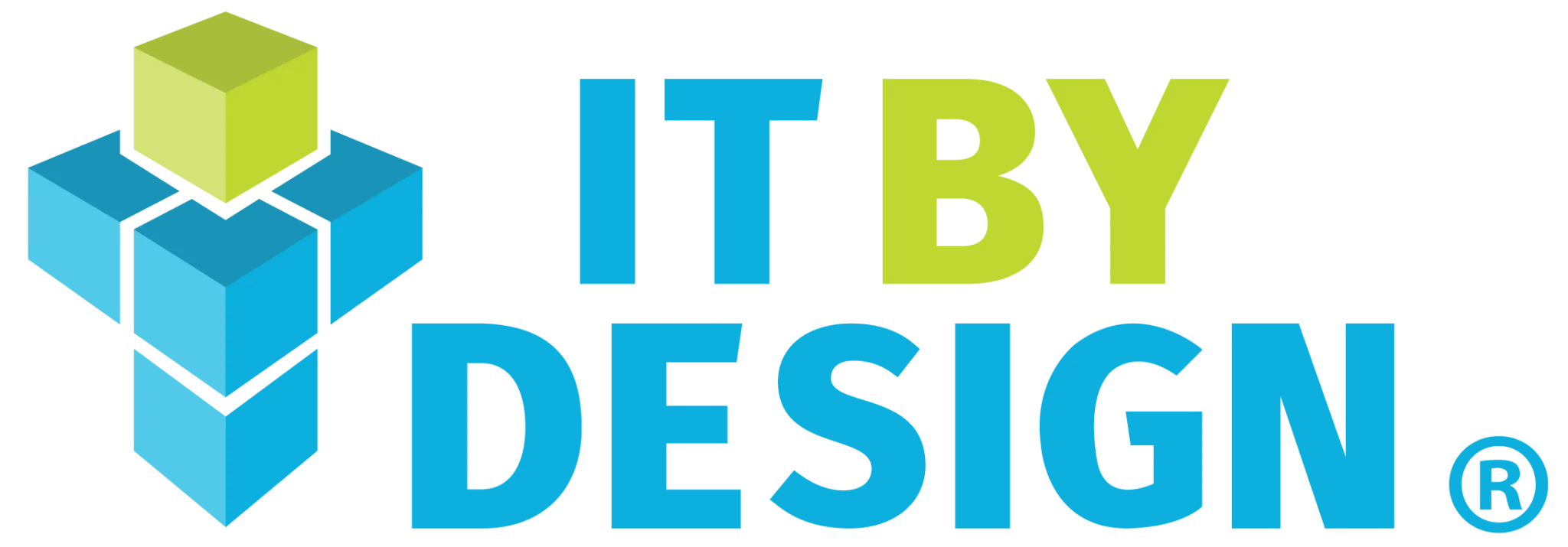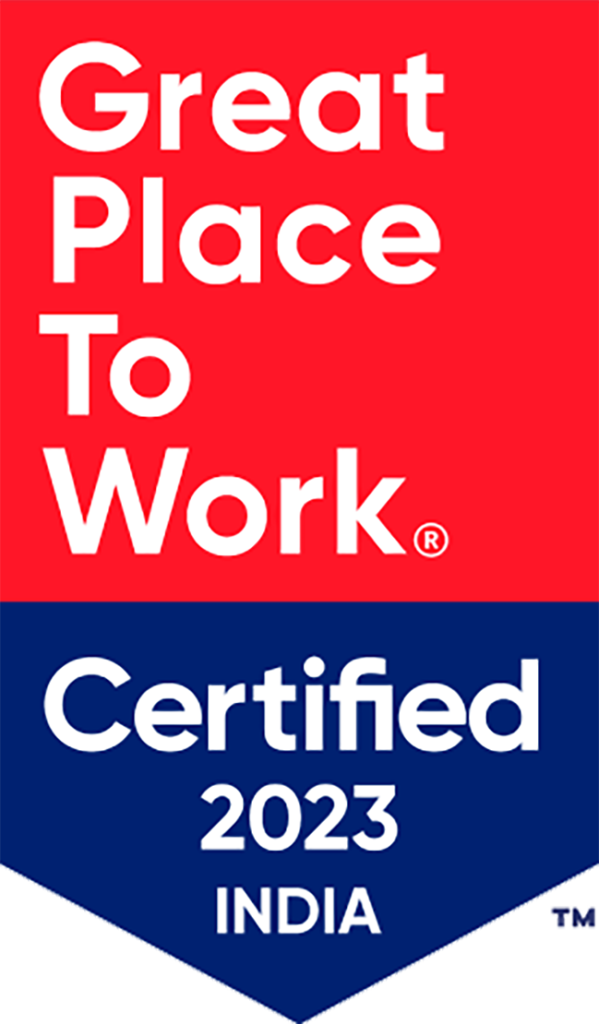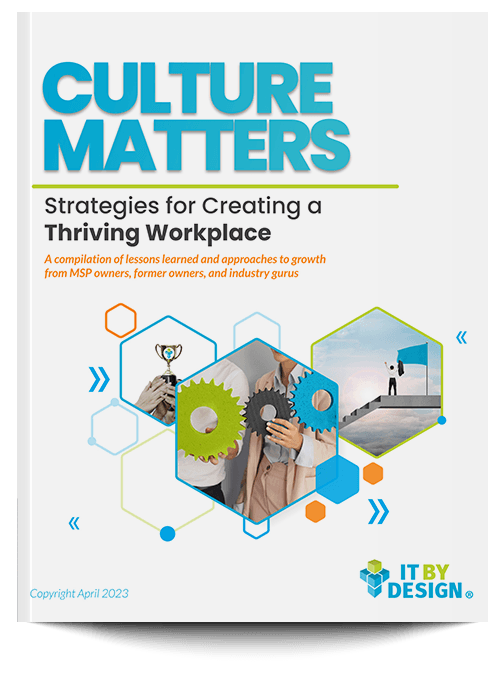Whether you have a few team members or many, managing and developing their performance can be a daunting responsibility. From setting clear expectations to creating a career pathway, there’s plenty to do. But fear not! With just four key steps you can clearly articulate competencies for each role in your organization to ensure the overall success of your employees and your business.
The four steps are part of a competency framework that provides you with two big benefits: First, it tells your employees what behaviors they need to exhibit to be successful in their roles. Secondly, with observable behaviors, it gives you clear and actionable data to make educated decisions about their performance and future with the organization, as well providing you with guidance to help with their development.
So what are these four steps to objectively manage and develop employee performance?
- Competencies – What behaviors does a particular role require? This will clearly tell the employee in which areas they need to develop their skills. With this information, they will have no doubt regarding their skills and ability. For you, the way they respond – positively or dismissively – will tell you if they’ll succeed in the job or if you need to find a more competent team member.
- Proficiency – Ask yourself: Does the employee possess the degree of proficiency required to fulfill the job at hand? They can’t just be “okay” at it. Mediocre skills gets you mediocre results. If this is the case, then the framework tells you that and you can provide the assistance needed to get the employee’s skills to the level where they need to be. It will also inform you if this individual simply isn’t the appropriate one for the role. If so, then the competency framework arms you with tangible data to prove it.
- Core Values – This applies to every individual in your organization. Does this individual demonstrate behaviors that are consistent with standards for professional and ethical conduct? Do they behave in an honest, fair, and ethical manner? Do they show consistency in words and actions? These are all behaviors that you can see and evaluate, giving you the information you need to fairly assess the individual.
- Validation – This final step is critical for you and the employee to fully buy-in to the assessment you have of their performance and the guidance you offer. This is where all of the data you gathered paints an accurate picture of your team member’s behaviors and contributions to the organization. This step will also help you identify any gaps in the assessment that you’ll need to investigate and fill, showing the complete landscape of an employee and validating their role in your MSP.
I believe this competency framework will simplify and improve your ability to manage and develop each of your team members. Your people are the lifeblood and future leaders of your company, so you must provide them with the guidance and the tools they need to perform at their highest capacity. As we say at IT By Design, “Grow your people and they will grow your company.”
For more content like this, be sure to follow Build IT by ITBD on LinkedIn and YouTube, check out our on-demand learning platform, Build IT University, and be sure to Register for Build IT LIVE, our 3-day education focused conference, September 9-11 in Orlando, FL!







